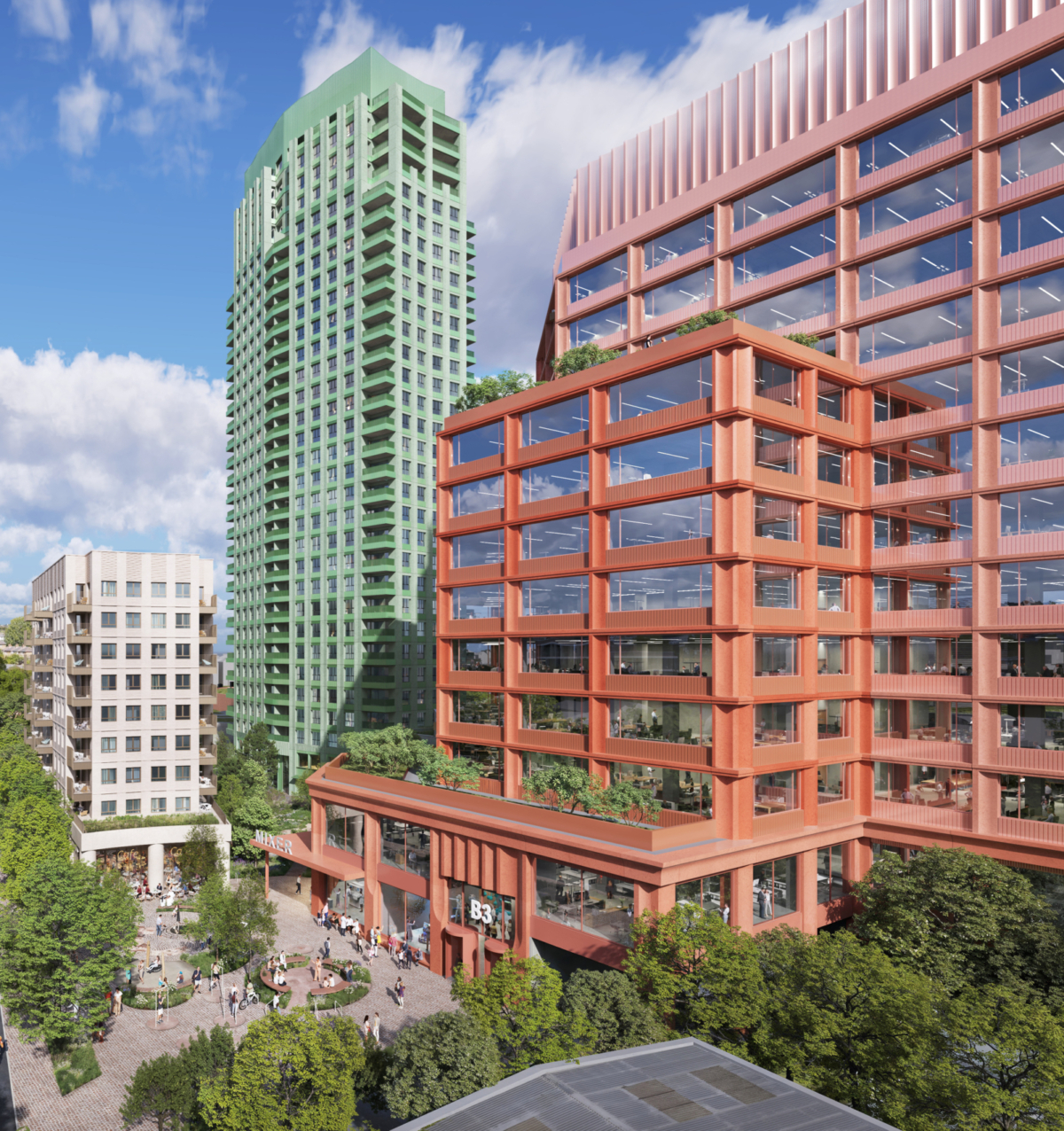Creating Ecosystems for Discovery: Lateral’s Vision for London’s Life Sciences Growth

Lateral featured in Estates Gazette: “If London is serious about becoming a global leader in life sciences, it’s time to move beyond generic real estate”
Estates Gazette has published an article by Rob Beacroft, Co-Founder of Lateral, highlighting why London must take a more ambitious approach if it is to cement its place as a world-leading hub for life sciences.
The piece argues that too often, life sciences real estate is treated as a one-size-fits-all model, when real success depends on creating ecosystems that actively support research, commercialisation, and talent development. Anchored by Whitechapel’s clinical and translational strengths, Rob sets out Lateral’s vision for integrated, mission-led innovation districts where science, healthcare, and community come together.
Importantly, he also stresses that success depends on the wider ecosystem. Alongside specialist research infrastructure, London needs innovative and affordable living models — such as co-living tailored to the innovation sector — to attract and retain the diverse talent that life sciences companies rely on.
Drawing on examples such as Whitechapel, Camley Street, and partnerships with Barts Health NHS Trust, Queen Mary University of London, and the London Borough of Camden, the article makes the case for specialised infrastructure, public-private collaboration, and investment in skills pipelines. These, Rob argues, are the foundations of an inclusive innovation economy that can translate breakthroughs into real health, social, and economic impact.
The article concludes with a call to action: if the UK is to fulfil its ambition of becoming a science and technology superpower by 2030, we must recognise that life sciences real estate is not just about space — it is critical infrastructure for discovery, diversity, and growth.